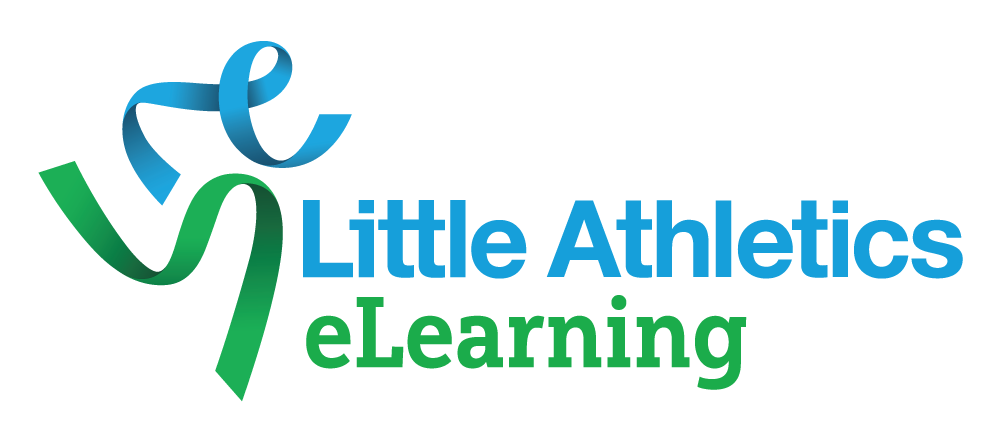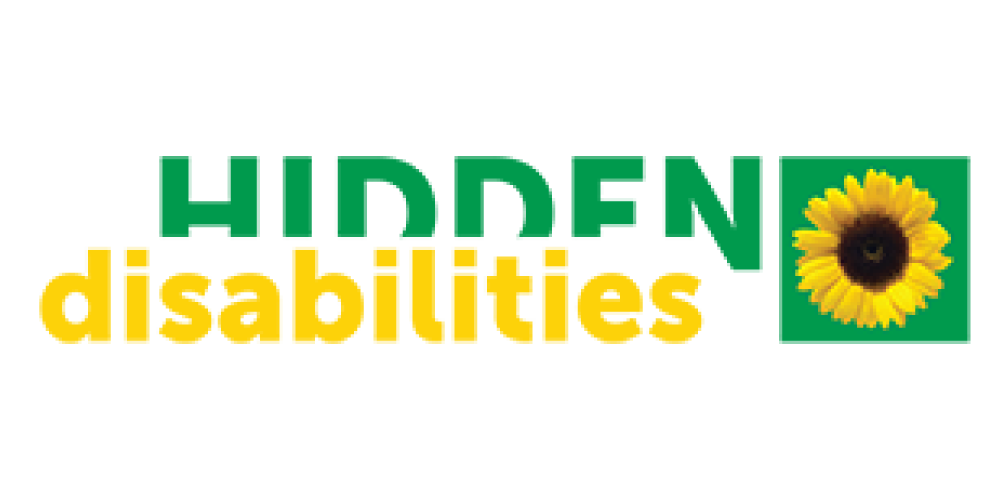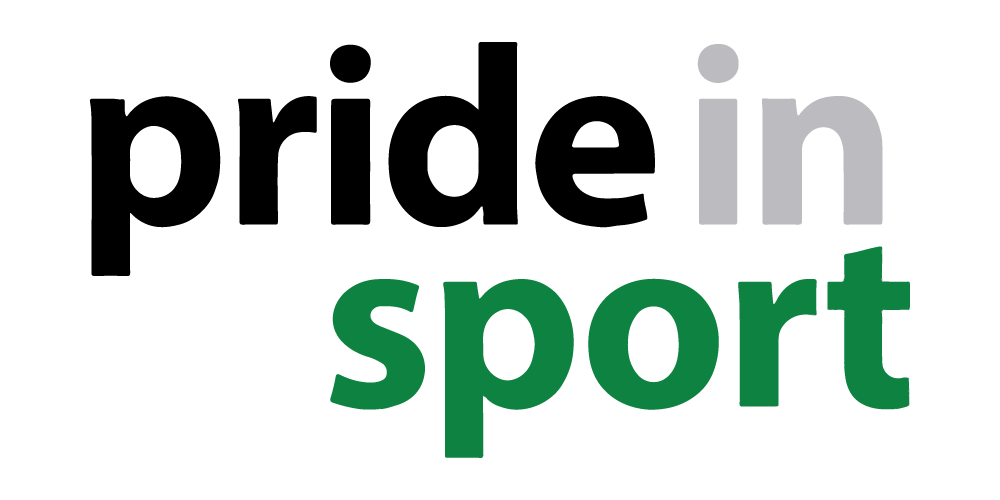Cerebral Palsy
What is Cerebral Palsy?
Cerebral Palsy is a disability that affects movement and posture.
- Pronounced seh·ruh·bruhl pawl·zee
Athletes with Cerebral Palsy (CP) have difficulty with their movement, posture and balance.
Cerebral Palsy looks different for each person, but some functional impacts may include
- High tone.
- Difficulty with balance and coordination.
- Communication which may be different.
- Sensory changes – vision and hearing.
Cerebral Palsy affects different parts of the body
- Person with quadriplegia – all 4 limbs are affected plus trunk, face and mouth.
- Person with diplegia – legs are more affected than the arms.
- Person with hemiplegia – one side of the body is affected.
There are 34 000 people living with Cerebral Palsy in Australia.
Causes of Cerebral Palsy
Cerebral Palsy is caused by the brain developing differently or damage to the brain while it is developing before the age of 2. It is a lifelong disability.
Benefits of Athletics
Health
75% of people with Cerebral Palsy have pain often which can be helped with regular exercise. If athletes indicate that an activity causes pain, listen to them and talk to their parent/s.
Tone
The most common form of Cerebral Palsy involves high tone / increased spasticity. This means that the muscles feel stiff and tight. The faster the muscle moves, the greater the tone. So when running, the calf muscles may tighten causing the athlete to run entirely on their toes. The most effective strategy to counter high tone is to build strength and improve balance.
Balance and coordination
Balance is commonly affected due to the imbalance of muscle control. Some athletes with Cerebral Palsy also have ataxia or athetosis which means their muscles move without their control. This can affect their grip, upper limb movements and balance. Athletics can support skill development in these areas.
Learning
About 50% of athletes with Cerebral Palsy have intellectual disability or learning delay and may need support for learning the skills in athletics. The repetition of skills in athletics helps learning new motor skills.
Communication
About 25% of athletes with Cerebral Palsy use supports to assist with communication. This might include a communication device, Auslan sign language, gestures and/or pictures. Use visual supports and gestures at the same time as verbal interactions to help communicate more easily.
Terms to use and terms to avoid
| Terms to use | Terms to avoid |
| Spasticity or increased tone | Spastic |
| Person with quadriplegia | Quadriplegic |
| Wheelchair user | Confined to a wheelchair |
| Person who uses a wheelchair | Wheelchair-bound Wheelchair |
Sources
Australasian Academy of Cerebral Palsy and Developmental Medicine – https://www.ausacpdm.org.au/
Australian Cerebral Palsy Register report 2018 – Report-of-the-Australian-Cerebral-Palsy-Register-Birth-Years-1995-2012.pdf (cpregister.com)
Blackman, J.A., Svensson, C.I. and Marchand, S. (2018), Pathophysiology of chronic pain in cerebral palsy: implications for pharmacological treatment and research. Dev Med Child Neurol, 60: 861-865. https://doi.org/10.1111/dmcn.13930
Cerebral Palsy Alliance – https://cerebralpalsy.org.au/
Cerebral Palsy Guidance – Assistive Technology and Adaptive Equipment for Children with Cerebral Palsy | Cerebral Palsy Guidance
Health direct – https://www.healthdirect.gov.au/cerebral-palsy
Novak, I., Morgan, C., Fahey, M. et al. State of the Evidence Traffic Lights 2019: Systematic Review of Interventions for Preventing and Treating Children with Cerebral Palsy. Curr Neurol Neurosci Rep 20, 3 (2020). https://doi.org/10.1007/s11910-020-1022-z





